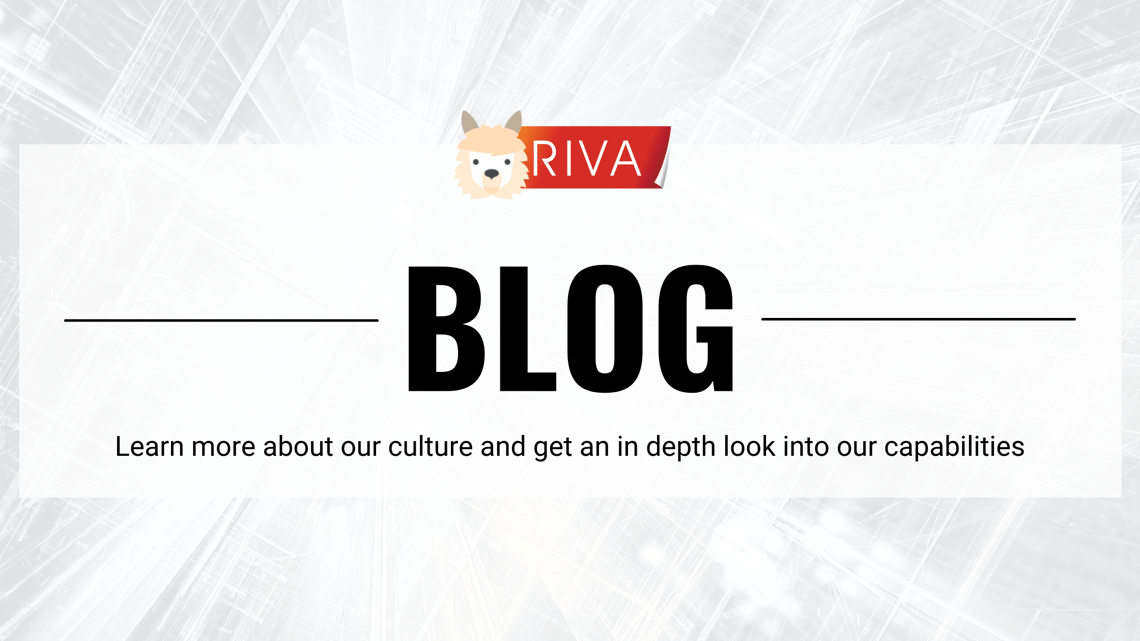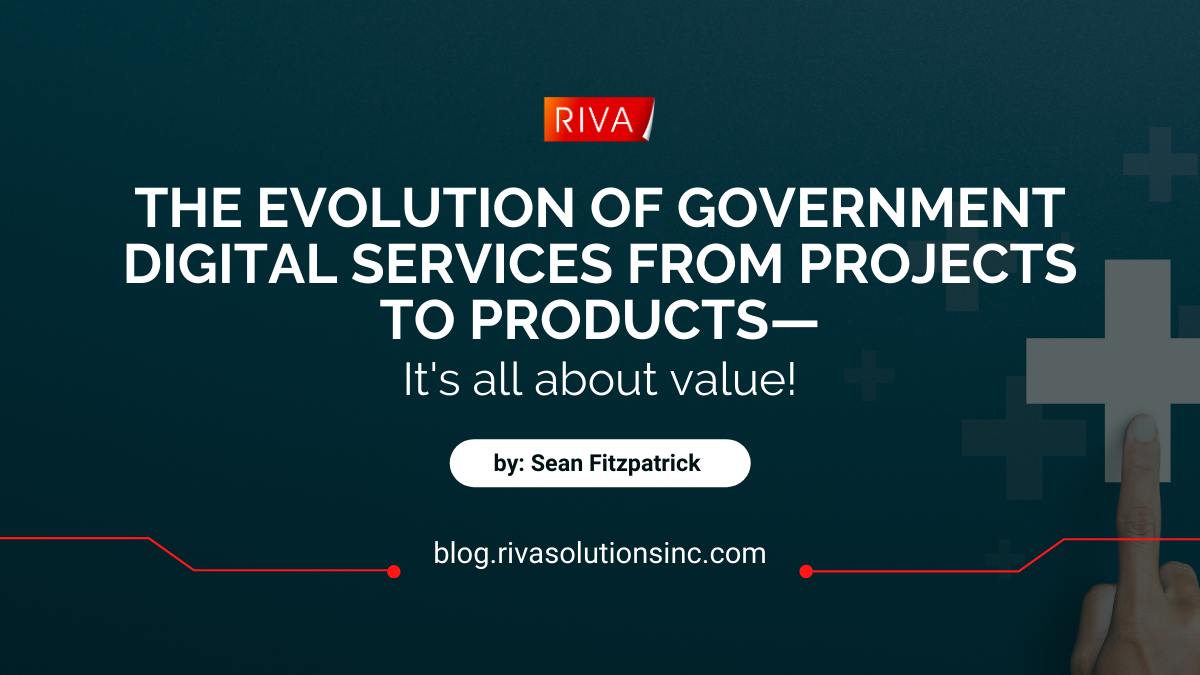The evolution from Project Management to Product Management is a paradigm shift reshaping the landscape of government digital service delivery. While Product Management is not a new concept in commercial industries, application in the federal sector is starting to gain traction and is fundamentally changing our perspective on how government services are designed, developed, and deployed. Product Management is about creating value that does not just meet the checklist of a traditional waterfall project's finite timeline, defined scope, and budget. With a Product Management approach products evolve continuously, adapting to the changing needs of their users throughout the entire lifecycle.
Over time, the federal government began adopting Agile delivery methods, which started the fundamental shift in focus to incremental delivery of value versus a defined scope of requirements. As the delivery framework and culture has shifted, so must the management of how value is determined and measured. Pulling from commercial software product delivery concepts, the Product Management mindset treats IT projects as digital products which, to be successful, must be desirable, viable, and feasible. This product mindset has begun to take hold at agencies such as DHS, USPTO, GSA, and CMS where they have matured their Agile delivery practices and focus on the delivery of value to both users while furthering their agency missions.
The Confusion Between Project Management and Product Management
Having been involved in the design and delivery of human-centric government digital services for the past 15+ years, I notice a lot of confusion over the concepts and terms surrounding product management versus project management. In its simplest form, project management is focused on planning, executing, and completing temporary endeavors that have a defined scope and timeline, while product management relates to the ongoing development and optimization of a product throughout its entire lifecycle, from ideation to retirement. Project management is more about managing the project itself, while product management is about managing the product and the value it provides to customers, business owners, and users. Product Management is deeply connected with Human Centered Design (HCD) methods as Customer Experience (CX) is critical to product success.
The confusion around product management for many federal agencies and IT contractors is understandable, as the federal government doesn’t build commercial products that are for sale or produce actual revenue and profits (there are some notable exceptions, of course, with fee-based, government programs.) Just like commercial products, government digital services must deliver value to external and internal customers and show a return on investment. Treating government digital services—such as a website where an inventor can apply for a patent with the U.S. Patent and Trade Office (USPTO)—as a product puts the focus on the delivery of value as an outcome versus the delivery of website features, which is simply an output. An outcome is where value is delivered to customers, both internal and external.
Adopting a Product Mindset
Key to the delivery of value is adopting a product mindset. A product mindset aligns government digital service delivery teams to create government products that deliver value by being:
- Desirable – digital products that customers and users want and need.
- Usable – digital products that support user goals and allow users to quickly and accurately complete tasks.
- Feasible – technical solutions that are both innovative and feasible, given available technology, time, and budgets.
Delivering Value Through Product Management
For many of our government customers, such as USPTO, who have made the switch from projects to products, we’ve identified some common Product Management themes and best-practices that promote the delivery of real value:
- Understand your customers and what they value – Research and identify customer, business, and end user needs using quantitative and qualitative research. (This is where your HCD team is instrumental.)
- Create a product vision – Working with product owners, stakeholders, and ideally the delivery team, create a product vision based on customer, business, and user needs.
- Define success and track progress– Determine product success metrics, typically Key Performance Indicators (KPI’s) and create a measurement plan which can be used as a guide to track progress and identify areas for continuous improvement.
- Create a flexible product roadmap - Develop and maintain a Product Roadmap, with flexibility at the feature level but remains true to the Product Vision.
- Manage the continuous delivery of value - Manage day-to-day Product Roadmap execution by cross-functional digital delivery teams to ensure the product meets customer needs and business objectives.
The transition from project management to product management for government digital services represents a significant shift, one requiring commitment, patience, and focus on user-centricity and the measurable delivery of value. This transformation reshapes the very core of how governmental agencies interact with and serve constituents, aiming to improve customer experience (CX) for citizens and dedicated public servants alike. We are excited to be on this journey with our clients empowering our mission-driven community of passionate, innovative professionals to modernize government digital services as we transform outputs into outcomes and strategy into reality.
Stay tuned for my next blog topic: Using Human Centered Design (HCD) to Discover User Needs.



Leave Comment